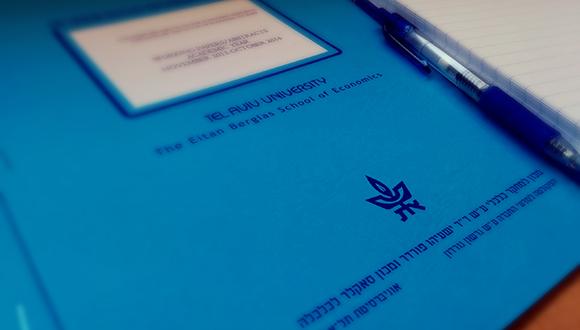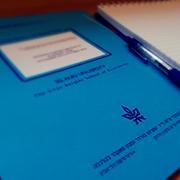The Baby Boom and World War II: A Macroeconomic Analysis
c
c
Matthias Doepke, Moshe Hazan and Yishay D. Maoz
We argue that one major cause of the U.S. postwar baby boom was the rise in female labor supply during WorldWar II.
We develop a quantitative dynamic general equilibrium model with endogenous fertility and female labor force participation decisions.
We use the model to assess the impact of the war on female labor supply and fertility in the decades following the war. For the war generation of women, the high demand for female labor brought about by mobilization leads to an increase in labor supply that persists after the war.
As a result, younger women who reach adulthood in the 1950s face increased labor market competition, which impels them to exit the labor market and start having children earlier.
The effect is amplified by the rise in taxes necessary to pay down wartime government debt. In our calibrated model, the war generates a substantial baby boom followed by a baby bust.




